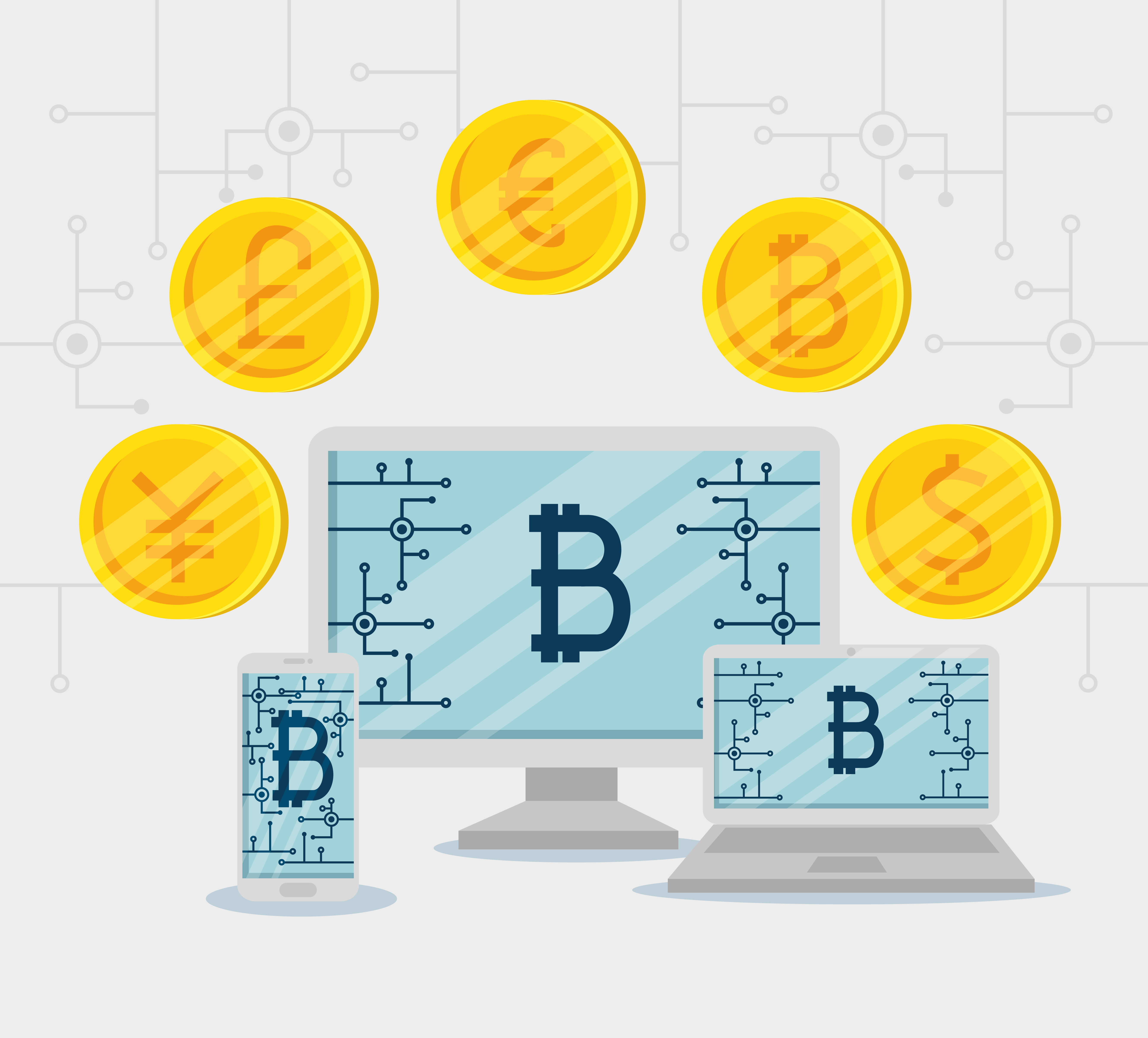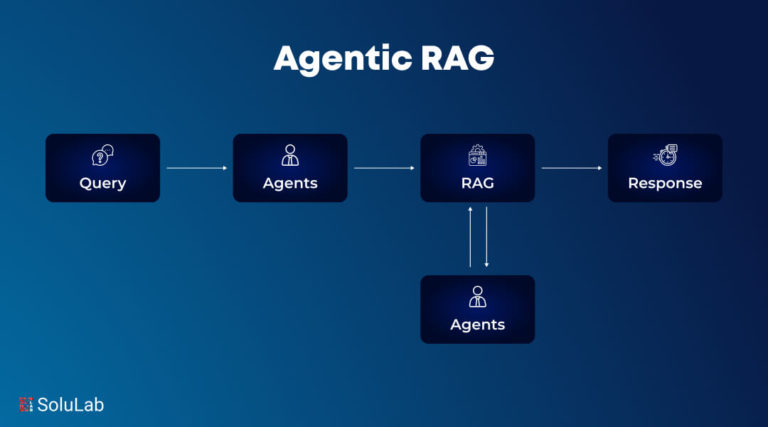
The world is constantly changing and thriving to outperform itself with every innovation that comes into place. There can never be a saturation of new ideas.
We are going to focus our attention on one such possibility that has already created a reputation in the finance sector and is grooving into other industries as well. Blockchain has changed the way people perceived transactions, technology, administration, database management, traceability, and the list could go on.
The main agenda here is the induction of Blockchain in the finance industry and what it promises in the near future. This has successfully been portrayed by the advent of Bitcoin that left people in awe, a concept introduced by Satoshi Nakamoto. Bitcoin created a lot of momentum in a considerably shorter period. Agreed, it faced a pitfall soon; we cannot deny the possibilities; it has opened the gates to, and if refined properly, can change the way we perceive our finances.
Let us dig a little deeper.
Considering the trend that has been seen in the financial industry, it is pretty evident that all the major upheavals have been an addition to the existing stack of finances controlled by banks and a central authority. Mobile banking, net banking, ATMs, and all the other innovations to facilitate the present banking system. A monotonous tradition has been developed. But with Blockchain, these barriers can be broken. Blockchain all together is an out of the box concept.
What is Blockchain?
Blockchain is a distributed ledger where instead of centralized control, the power is shared by everyone who is a part of the blockchain. Now the records on a blockchain are practically immutable, which means that once a particular data is stored in the database, it cannot be deleted. This particular property ensures traceability.
Being a distributed ledger, it eliminates the need for the middlemen.
From a distance, it just seems like a minor insertion, but it can potentially make the transactions faster, safer, and cheaper. Right now, with the developments in blockchain, there are many loopholes, but they are constantly being modified to fill the gaps.
When you look at the traditional monetary system, we have physical currency or FIAT currency; cryptocurrency (developed with the help of Blockchain), on the other hand, is a digital currency.
All the transactions that you make through FIAT currency are routed through banks and other financial institutions. They do seem secure, but there have been many cases when banks have defaulted on payments because of increasing NPA’s. To top that, banks lack transparency; therefore, the customers do not have a lot of information about how their funds are being used. The lack of lucidity often hinders customer trust and poses difficulty when it hits a crash. There have been several frauds in the financial industry owing to the current operations of banking. You do not have a lot of say about how your funds are allocated.
Of course, that is fine until your funds are safe, but it makes you question the system when these institutions face a catastrophic crash. Blockchain eliminates this discrepancy by increasing traceability and consequentially transparency.
Traditional banking systems bulk up the transaction fee up to 7%. This is mainly because of the numerous intermediaries involved that add up to the cost.
These setbacks can be overcome with the help of Blockchain, but yes, it is not picture perfect.
What can cryptocurrency do to money transfers?
Blockchain is still a thriving concept but has a lot to offer on its plate, this can be developed, and these features can be benefited after we succeed deploying the concept to a larger audience and fixing the leaks.
- Speed
Blockchain is a distributed ledger and hence, no longer needs heavy queues that usually involve bureaucratic approvals, which make the entire process too tiring, and yes, you got it right, SLOW. Blockchain operates on Smart Contracts, which is a contract written in the lines of code and auto operates according to the conditions mentioned in the contract. Every modification in the data is notified to the contributors of the blockchain. This means that the transactions and any change to the data are communicated in real-time. The conventional methods often take 2-3 days to complete an overseas money transfer, which can be achieved in minutes with Blockchain. It integrates global markets and facilitates global money transfer. - Clearing and Settlement
The money transfers accustomed to the traditional ways often adds up to 7% transaction cost overall and more for global money transfers. This is quintessential because of the middlemen involved in clearing and settling the transactions. Blockchain can reduce this cost by 127 times. Researchers drew this conclusion by closely studying 1800 transactions on the basis of their clearance time and cost, and with the help of reports published by World Banks. This is ubiquitously helpful when it comes to global transfers, which conventionally delays the clearing process and hence the settlement. With the speed that an ideal model of Blockchain provides and the costs it reduces can open up new opportunities for investments altogether. - Fundraising
If you are wondering what about the IPO facility that keeps you a helping hand when you have to raise funds from the public. You do not have to worry about that; Blockchain offers you an alternative to this, too, with something known as an ICO or Initial Coin Offering. ICO is very similar to an IPO, just instead of raising funds through FIAT, you get tokens, but also the process is much smoother and transparent. Once these have been issued, they can be traded on cryptocurrency exchanges where the market forces then decide the value of the token thereafter, just like a traditional stock market. However, the existing crypto exchanges are centralized, and the aim is to inflict decentralization to further develop and ease the exchange process - Secure
This one is obvious. Blockchain is a distributed ledger wherein every node gets notified with a mere interference with the data. Everything is approved by the users through Proof of Work, so you know there is nobody waving a wand and making things secure. You have full control over your funds. Your money transfers are transparent as you can verify their allocation in real-time. As a user, you feel more confident when, at every step, you are assured. Since the blockchain system uses hashing, it reduces the risk of manipulation by avoiding one single point of failure. It makes the system less prone to cyber-attacks, with a consensus network protecting the spirit of Blockchain as a decentralized platform.
Drawbacks
When we talk about the setbacks, these are just the ones that haven’t been dealt with yet.
This is complementary to new ideas and revelations, it’ll take time, but these will be fixed to make the current model better and possibly an ideal model
- A bit complicated
When you’re lending or making a payment using your traditional currency, you do not have to know the technicalities of it because there aren’t any. But when it comes to Blockchain and cryptocurrency as it practically revolves around technology. This is just a temporary inconvenience that can be fought with little awareness and education about the concept. Just like the internet effect, initially, people thought it was too complicated to adapt, but now we can’t live without it. - The fiat-Fiat mindset exists firmly.
Since we all are set in the ways of traditional Fiat money transfers, it’ll be a long time when we get comfortable with cryptocurrency. The cryptocurrency transfer is swift, but since a majority of them prefer to convert it to, say dollars. Now since many institutions are not on board with the entire cryptocurrency, the conversion often becomes expensive and slow. This is persistent because there are;t outlets that accept cryptocurrency as a means of payment. This will develop with gradual uplift in the idea of cryptocurrency as a means of money transfers. This also causes a lot of trouble when it comes to overseas transfers; you have to pay a double-conversion fee, (for example, if you want to transfer euros from the US, you’ll be charged for dollar-bitcoin, then bitcoin-euro conversion)
This unnecessary cost is preferably avoided and is a lot harder to settle when it is routed through banks.
Where does that leave the discussion?
These are just setbacks which have to be overcome to inhibit Blockchain in various sectors. Entrepreneurs today are starting to realize the importance of Blockchain and the benefits it offers in the global transfer industry. Another important discovery is the realization that traditional corporations are interested in applying blockchain technology to improve their services. Innovative startups and financial institutions are leveraging Blockchain for big wins; for example, the Circle Payment App manages blockchain in the backend process, and you can take a sigh of relief and deal exclusively with fiat currency.
Big tech companies have already realized the plausible opportunities and changes that Blockchain offers and its astonishing results.
Blockchain does face some major disadvantages and needs a lot of modification to revolutionize the future. But researchers and blockchain developers are consistently working towards eliminating the loopholes in the current Blockchain model to make it more secure and handy.




